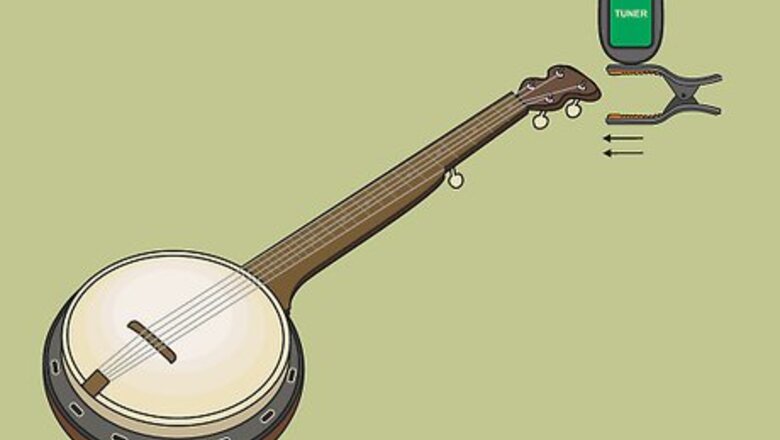
views
X
Research source
Finding a Tuner and Preparing Your Banjo
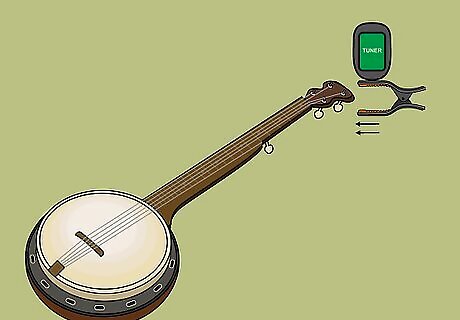
Use a tuner to help with each string if you’re new to the banjo. The first few times you tune a banjo, it’ll help you to hear the individual pitches played by a tuner. The easiest tool to use is a mechanical “tuner” that tells you when you are above or beneath a certain pitch. Most electronic tuners have a digital arrow that points toward “sharp” or “flat” depending on the pitch of each string. You can purchase a tuner at most music-supply stores, or through online music retailers.
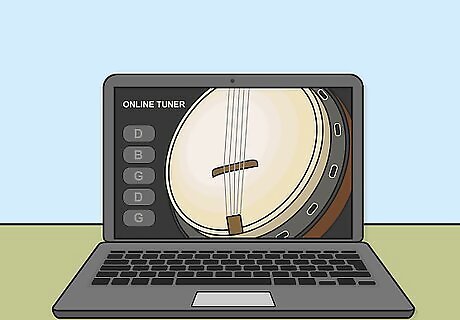
Find an online tuner for a free, quick option. If you’d rather not pay money for a tuner at a music store, you can find a variety of free tuners online. The disadvantage to using an online tuner is that it will be difficult to tune your banjo when you’re not at your computer or are out of the range of wi-fi. For example, check out a free banjo-specific tuner online at: http://www.get-tuned.com/html5-banjo-tuner.php.
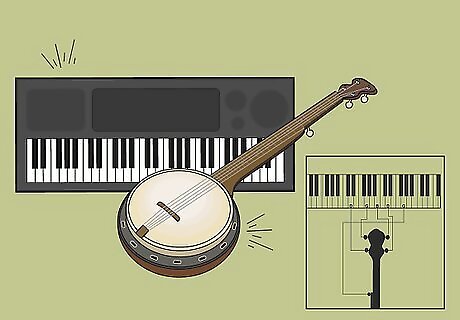
Tune your banjo to pitches on a piano keyboard or other instrument. You’ll strike the following keys to play the pitches needed for banjo strings: G4, C3, G3, B3, D4. If you don’t have internet access, you can tune your banjo with many physical tools too. If you don’t have one, though, a pitch-pipe or any other fixed pitch instrument will do. In a pinch, even a less common instrument like an accordion can give you the pitches you need. All you need is a constant, even pitch to tune to.
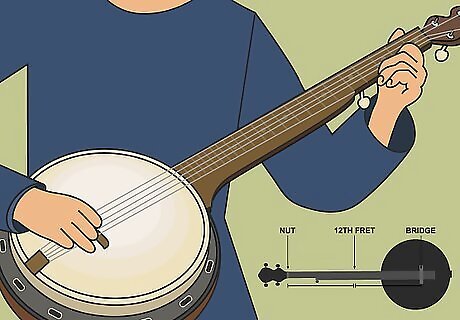
Adjust the banjo bridge so the instrument produces sound correctly. Hold the “neck” (the long, narrow part with the strings) in your left hand, with the round part across your stomach. Then use a tape measure to measure the distance from the inside of the nut to the 12th fret. Then measure from the 12th fret down to the banjo bridge. Adjust the bridge until the distances are the same. So, if you measure 21 inches (53 cm) from the nut to the 12th fret, move the bridge until it’s also 21 inches (53 cm) from the nut. The “nut” of a banjo is the small strip of plastic at the far end of the neck through which all 5 of the strings pass. The nut connects the neck to the peghead (the wooden section to which the tuning pegs are attached).
Tuning the Instrument with a Tuner
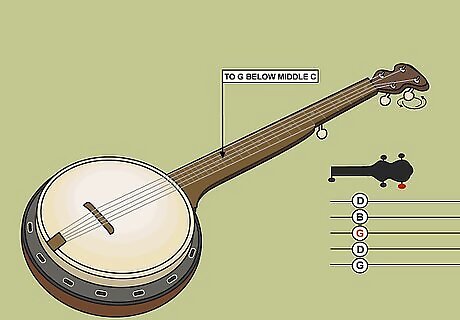
Tune the middle string of the banjo to G below middle C. Look at the five strings at the bottom, and find the center string. This is the first one to tune. Follow the middle string to the top of the banjo, and find its corresponding tuning knob. Tighten or loosen the knob and pluck the string as you do so, until it is tuned perfectly to G3. This pitch is called G3. Each octave on a keyboard is assigned a number, and middle C is referred to as C4. So, the G below C4 is G3.
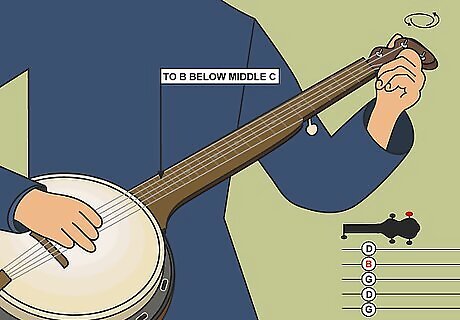
Tune the adjacent, slightly thinner string to a B below middle C. This string will technically be the 4th from the top. Trace the string up to the banjo’s tuning pegs to find which peg adjusts the string. Pluck the string and keep a close eye on the electronic tuner. Tighten the string to raise the pitch and loosen the string to lower the pitch. Continue adjusting until the pitch is in tune.
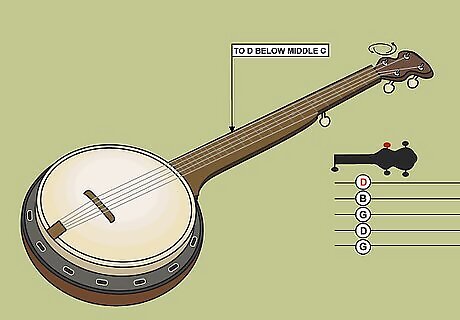
Adjust the knob for the bottom string to a D above middle C. Continue tuning the strings as you move down the banjo’s neck. The final string in that direction is very thin. Tune it to D4. As with the other strings, strum the string and watch the intonation indicator. Tighten or loosen the tuning knob until the string plays a D4. This pitch will be higher than the other strings you’ve already tuned. Unlike a guitar, the strings on a banjo do not progress from lower to higher as you move down the neck.
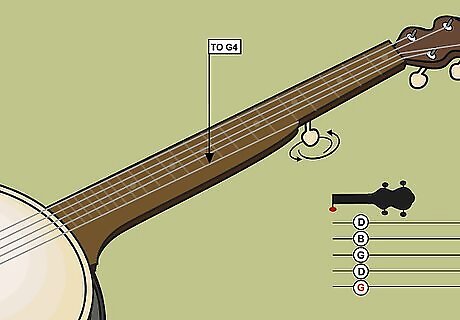
Tune the top string to G4 with the knob in the middle of the neck. You’ll notice that the string at the top of the banjo neck does not run all the way up to the top of the fretboard with the rest. Instead, it stops short and its tuning knob is located in the middle of the neck. Tune this by plucking at the string and watching the intonation indicator. The string is in tune when it produces a steady G4. This strange “5th string” placement is unique to the banjo and gives the instrument a unique “roll” and “bounce” to its sound. Keep this string placement in mind throughout the tuning process. Otherwise you may get confused and turn the wrong knob to tighten this string. Because of the 5th string placement, the second string your hand plucks (the D string) will in fact be the first string on the tuning board. Follow the strings from bottom to top, and you’ll understand.
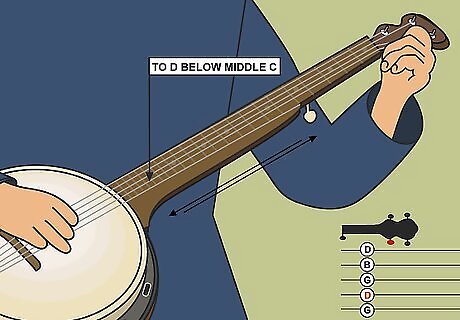
Adjust the string second from the top to a D below middle C. This is the only string you haven’t tuned so far, and it’s also the thickest of the 5. This gets tuned to a low D: D3, specifically. As with the other 4 strings, pluck at the string every 1-2 seconds, tweaking the tuning knob to raise or lower the pitch as needed. If you have a good ear, you’ll notice that this string is a full octave above the bottom string on the banjo neck, which you’ve tuned to D4.
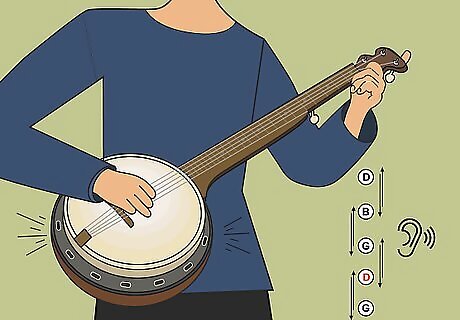
Learn to tune the banjo by ear once you’re proficient. Once you get an ear for how a tuned banjo should sound, you can start tuning each string in relation to the other. You’ll be able to tell from the intervals between notes if the banjo is in tune. It’s best to start from the G string, and then to tune B, D, and high G, each off of the string before. Use a tuner or a piano to make sure that the G string’s in tune first, if you want to play with anyone else!










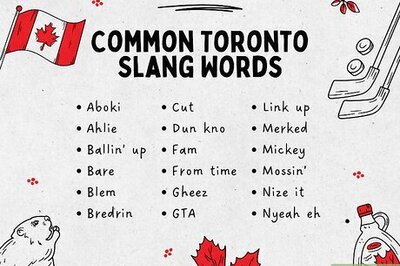



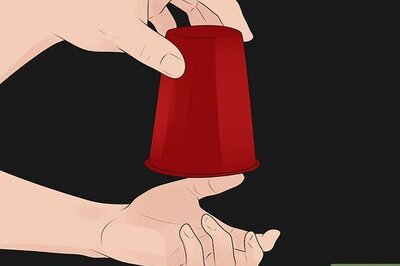


Comments
0 comment